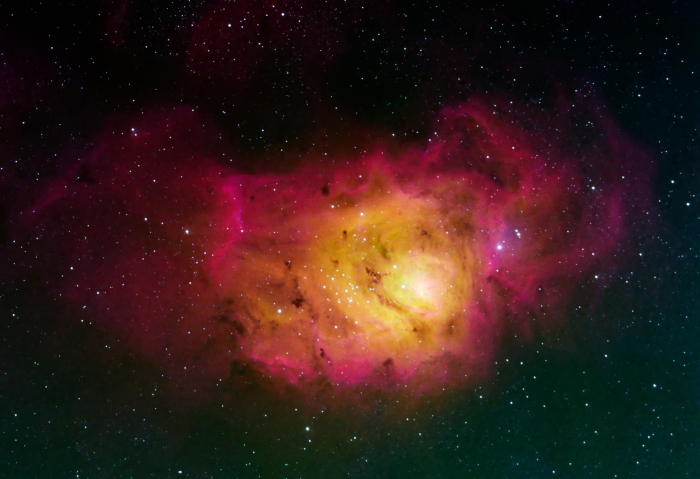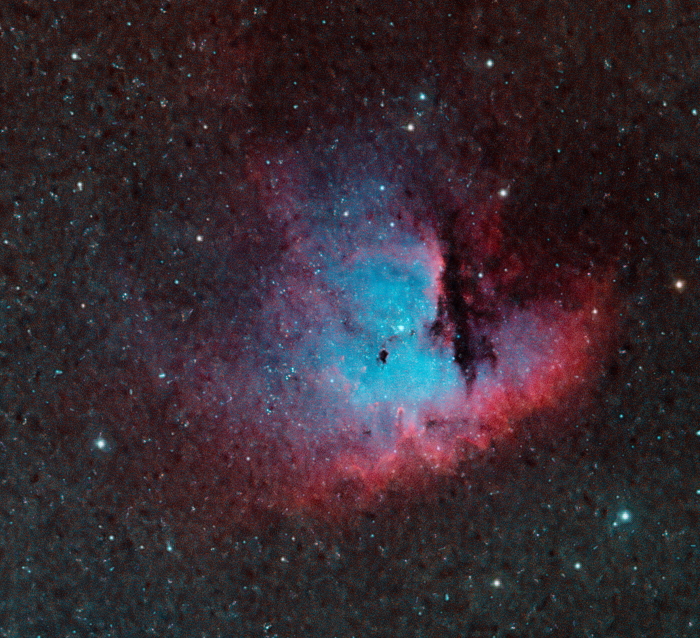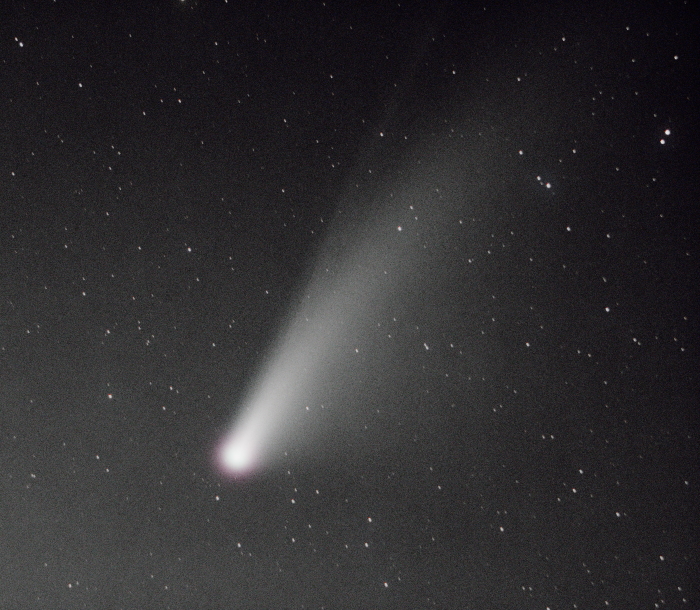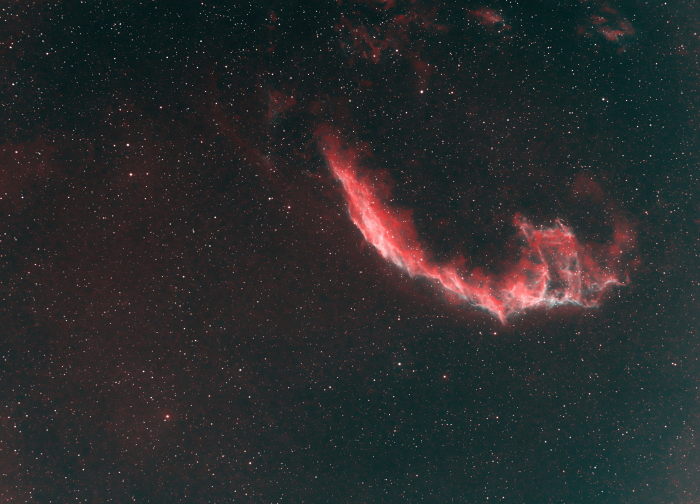When the COVID-19 shutdown began in March, Aaron Freimark of Cold Spring took up a hobby: He began photographing the night sky through a telescope.
Did you have a telescope as a kid?
I did. I looked through it and said, “Oh my God, you can see the craters of the moon fantastically!” Then I pointed it at Jupiter and said, “Oh my God, you can see the craters of the moon fantastically!” I was looking at dust on the lens. I never got it to work.
When did you get serious about shooting the night sky?
About nine years ago my wife got me a telescope for my birthday after getting recommendations from a couple of guys in town who work for NASA. I was able to see the rings of Saturn, and it blew my mind. I wanted to do photography and got a new scope in March.

What are some of the challenges?
It’s a tough, technical hobby. There’s a big difference between photographing the planets and shooting a nebula. People think you need a powerful zoom, but mine is only 350mm. The key is to hold the telescope and camera still. You can’t do that by hand, so I have fancy equipment.
Is light pollution a problem?
It is. I shoot from in front of my house and there’s a streetlight there. A full moon is the worst. I use filters to block out the light pollution. It helps but not totally. I figure out the light pollution afterward and subtract it from the photo.

How do you compensate for the movement of the stars?
As the earth rotates, the stars move across the sky. The trick is keeping the camera aligned with what you are shooting to counteract the earth’s movement. You have to keep everything lined up perfectly, right down to the pixel. My motorized system does that. The main telescope, a smaller guiding scope, the camera and a mount, focuser and electronic filter wheel are all linked to my computer. The camera blocks the telescope’s eye piece. I see what the camera sees on my computer screen.
When you shoot a nebula, do you simply snap a photo?
No. Every individual photo looks kind of crappy by itself. If you take lots of pictures and put them together, they add up in a pleasing, more detailed way. I might take 70 shots. It can take a whole day to process them, put them together, add color. Then it’s like, “That’s so much better than I thought it would be!”

Do you photograph the planets?
No. With this scope they look like dots. I’m being patient. I’m trying to make what I have work well first, then move to something with a lot more magnification. That would work for the planets.
Did you shoot the comet NEOWISE?
I shot multiple photos to eliminate the motion and produce one photo. It was wild that you could see the comet, almost with the naked eye. I could take a 10-second photo with my iPhone and see a little smudge. With my telescope I could see the whole tail. It was cool.

Have you shot the International Space Station?
I’m interested in that. You have to get the timing exactly right. You shoot it in silhouette just as it crosses the moon, which takes maybe two seconds. You see satellites all the time. About 20 percent of my photos have a big line across them from satellites. We went camping recently and sat out to see the Perseids meteor shower. We saw more satellites than meteors.
Have you seen any UFOs?
Not yet! It could happen. There are crazy people out there who scan the skies and take all these photos to compare against older photos, looking for something that wasn’t there before. Actually, you can find asteroids that way, and you get to name them. Guys who name these things in space must have a strange sense of humor. There’s a pelican nebula, an elephant-trunk nebula and a running-chicken nebula.

Besides the photos, what do you like about this hobby?
With COVID and the mess that’s going on in the world and in the U.S., oddly enough it grounds me to realize there’s all this other stuff going on in the night sky. It looks black, but if you take a 10-second exposure, you see many more stars. Then you take a two-minute exposure and see even more. Then you shoot a galaxy. We can see galaxies 24 million light years away. We’re pretty tiny. Hey, Cold Spring politics is pretty important, but there’s a bit more out there. It’s mind-blowing to me that I can get these images from my front yard.

